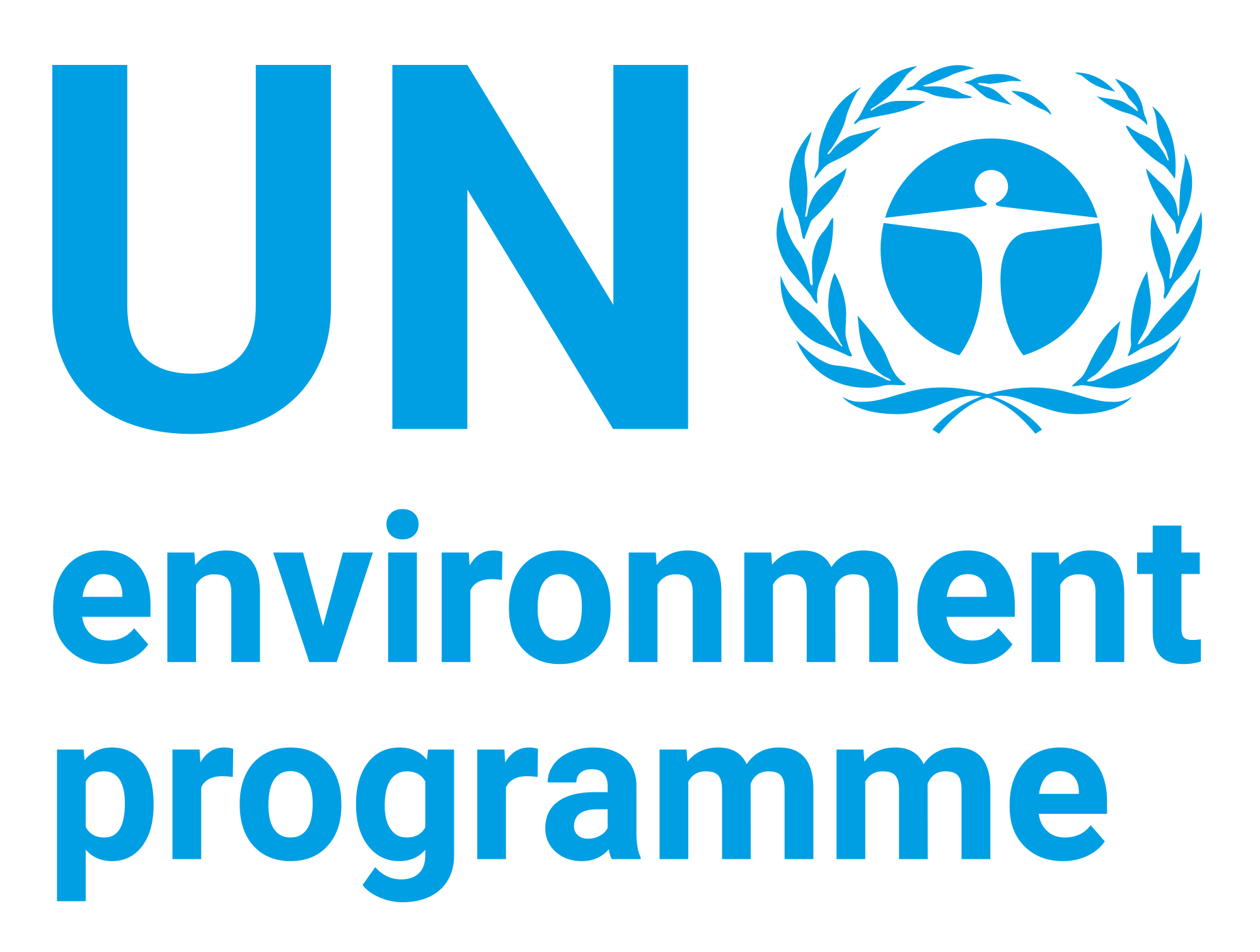Living Planet: Connected Planet - Preventing the End of the World's Wildlife Migrations through Ecological Networks. A Rapid Response Assessment
| dc.contributor | Ecosystems Division | en_US |
| dc.contributor.author | United Nations Environment Programme | en_US |
| dc.contributor.other | Kurvits, T. | en_US |
| dc.contributor.other | Nellemann, C. | en_US |
| dc.contributor.other | Alfthan, B. | en_US |
| dc.contributor.other | Kühl, A. | en_US |
| dc.contributor.other | Prokosch, P. | en_US |
| dc.contributor.other | Virtue, M. | en_US |
| dc.contributor.other | Skaalvik, J. F. | en_US |
| dc.coverage.spatial | Global | en_US |
| dc.date.accessioned | 2020-05-12T08:50:53Z | |
| dc.date.available | 2020-05-12T08:50:53Z | |
| dc.date.issued | 2011 | |
| dc.identifier.isbn | 978-82-7701-098-4 | en_US |
| dc.identifier.uri | https://wedocs.unep.org/20.500.11822/32256 | |
| dc.description | Animal numbers continue to decline worldwide as a result of habitat loss and fragmenta- tion, overharvesting and poaching, pollution, climate change, and the spread of invasive species. Globally, some models predict that the mean abundance of plant and animal species may decline globally from 0.7 in 2010 to 0.63 in 2050 (with natural pristine state being 1.0). This decline is equivalent to the eradication of all wild plant and wildlife spe- cies in an area the size of USA, Canada or China, respectively. | en_US |
| dc.format | Text | en_US |
| dc.language | English | en_US |
| dc.rights | Public | en_US |
| dc.subject | wildlife conservation | en_US |
| dc.subject | animal ecology | en_US |
| dc.title | Living Planet: Connected Planet - Preventing the End of the World's Wildlife Migrations through Ecological Networks. A Rapid Response Assessment | en_US |
| wd.identifier.sdg | SDG 15 - Life on Land | en_US |
| wd.tags | Wildlife Conservation | en_US |
| wd.topics | Nature Action | en_US |
| wd.identifier.pagesnumber | 76 pages | en_US |


